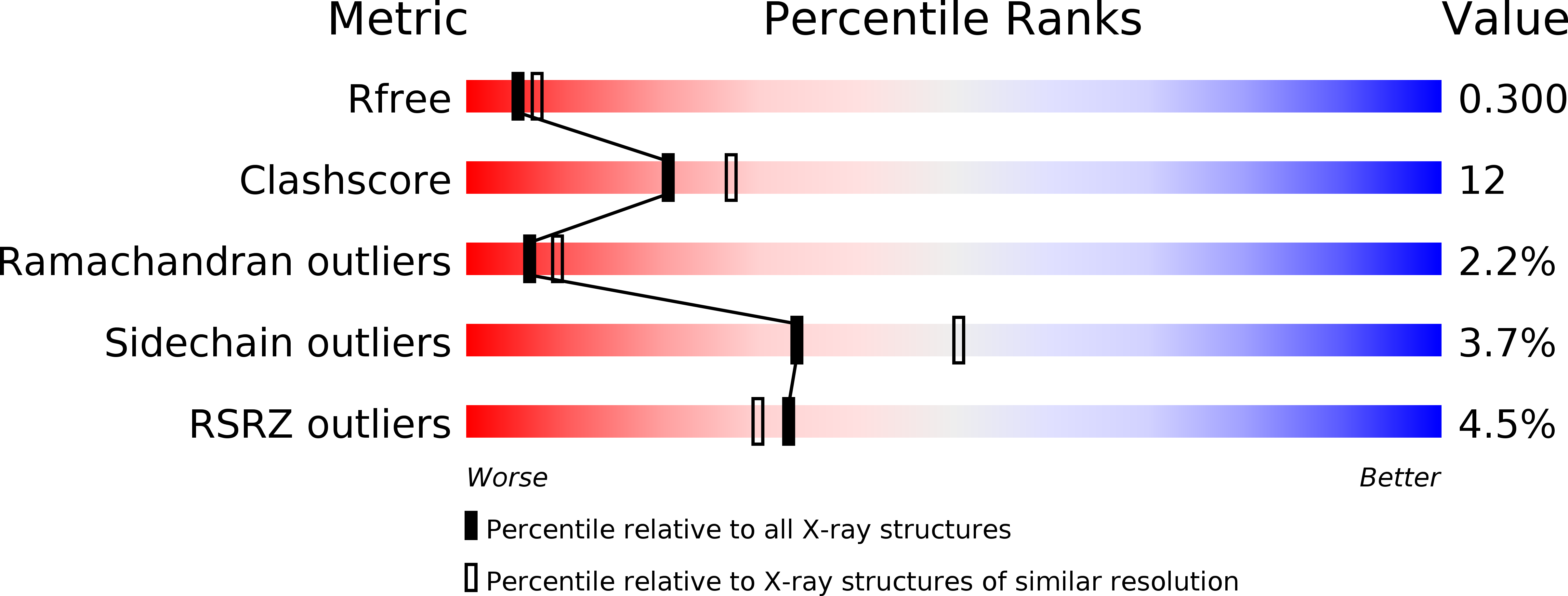
Deposition Date
2010-09-10
Release Date
2011-07-27
Last Version Date
2024-03-13
Entry Detail
Biological Source:
Source Organism:
Thermococcus kodakarensis (Taxon ID: 311400)
Host Organism:
Method Details:
Experimental Method:
Resolution:
2.65 Å
R-Value Free:
0.31
R-Value Work:
0.26
R-Value Observed:
0.26
Space Group:
P 41 21 2


